Getting ready to build some more raised beds. I currently have 3 12" deep x 4' by 8' beds that I pretty much followed mels original recipe for fill with vermiculite, peat and compost. After about two years now I'm starting to have some problems with the peat drying out and not being able to be rewetted easily. Also the vermiculite (wasn't a coarse grade when I purchased it apparently) has broken down. I've heard that this can be a problem with vermiculite in general.
Now, I'm planning on upscaling my operation significantly and have started shopping for bulk materials. To do what I'm looking at doing using the mels mix, I'm looking at a LOT of expense just for the dirt. This expense will be multiplied by as much as 10 times if what I'm trying to accomplish works.
During my research, I came across the possibility of just using compost as a fill material in the beds. Found a County landfill source of compost that can be had for close to free. Initially I was concerned about the use of the landfill type stuff because of contaminants (pesticides and heavy metals) that may be in the compost. However, this particular landfill only composts leaves and small branches etc and screens it down reasonably small. Therefor the major potential source of contaminants (grass clippings)is eliminated. Additionally, in thinking about this, unless I'm going to do all of my composting myself (which may end up happening in the future), I can't imagine that ANY of the bagged Kow, chicken, top soil, etc could be any less likely to contain stuff that's not good for human consumption. For instance, Cows eat grass and grass is fertilized, cows and chickens are given drugs and grains grown somewhere else using who knows what, not to mention the living conditions. So, in a round about way, it's kind of reassuring to know that in all likelyhood, the only thing going into this compost is PROBABLY leaves.
So questions are as follows:
1. What are going to be my problems with just using straight leaf compost (leaf mold?) in my 12" deep beds assuming I add a nitrogen source such as blood meal or alfalfa meal etc?
2. Considering adding sharp sand to the mix. However turns out that the sand I want to use is also expensive, so if it's not necessary to get the mulch aerated, then I'm all for leaving it out too.
3. Is there any reason that I still need to use peat? I'd really like to eliminate it because as said before, once it dries out it's a pain to rewet and I've become pretty disenchanted with the stuff.
4. Most recipes that don't use peat, typically have a recipe of compost, sand & garden soil. Garden soil is not an option for me because of the high content of weed/bermuda grass seed I have here. Additionally, I don't care for ANY of the topsoils I've seen packaged which generally aren't really top soil anyway, but some sort of mix. So, what would my recipe be if I wanted to use sand and compost? 50 percent of each or what?
5. Anyone know of any good recipes revolving around compost as a primary ingredient? Not using peat but possibly using sand? It would be great if this same recipe could somehow be a good recipe for a potting soil also.
6. Water retention. I think I recognize that the leaf compost will not have the same water holding and aeration qualities as peat. How much of a difference is this going to make to me if I use drip irrigation?
7. What other fertilizer ammendments should I make to my new "mix". I currently use Blood meal, rock phosphate (looking for colloidial phosphate), and greensand. Considering using Alfalfa meal and some other organic options.
8. Anyone know if by using leaf mold from the landfill if the garden can be considered for organic certification by OMRI?
9. For what it's worth, I'm planning on growing primarily cut flowers in the new beds possibly rotating vegetables but not absolutely necessary. Any reason to think vegetables or flowers would be better suited to the compost?
10. Will I have problems with straight compost as far as the plants being able to stand up or will they tend to topple over too easily? Most plants will be around 3' tall but sunflowers etc could reach 5 or 6 feet.

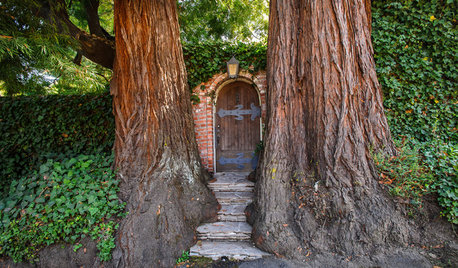
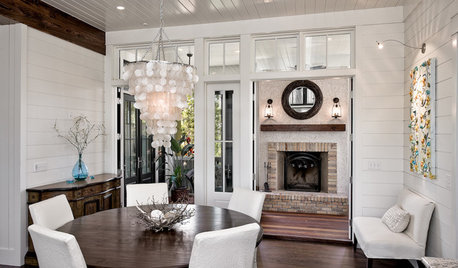
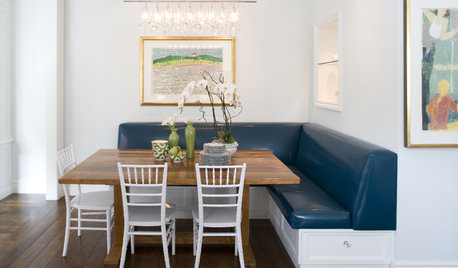
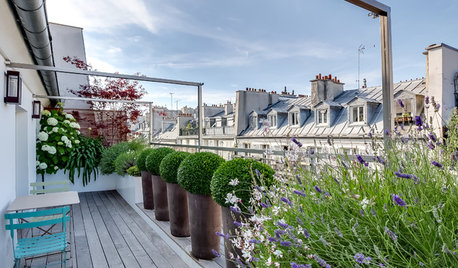
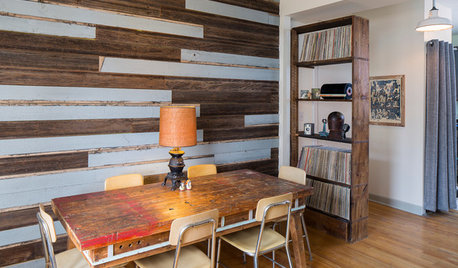
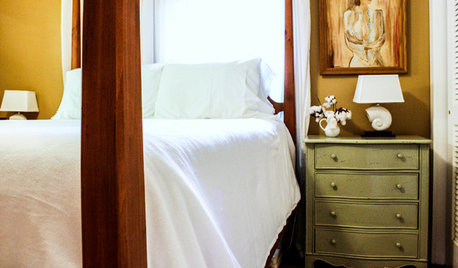
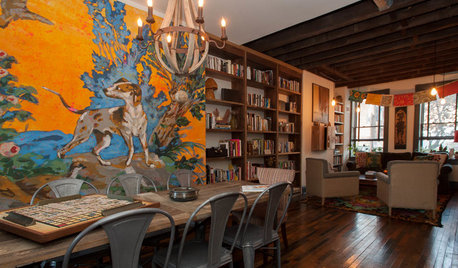
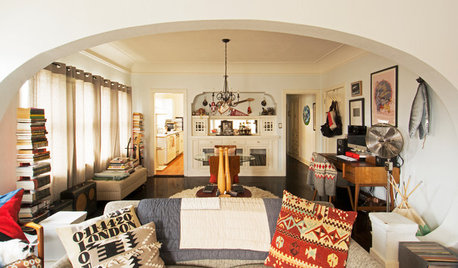
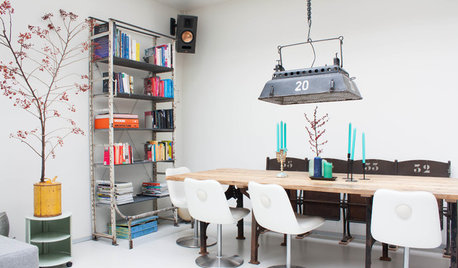



justaguy2
emyersOriginal Author
Related Discussions
is adding your own compost straight to veggie garden good idea?
Q
Compost, top soil, or fill dirt?
Q
Straight compost instead of Mel's Mix...
Q
Post hole filled with compost for deep soil conditioning
Q
Ray Scheel
iagarden
emyersOriginal Author
alexjh
emyersOriginal Author
iagarden
justaguy2
Ray Scheel
iagarden
bigoledude
emyersOriginal Author
Violet_Z6
eswar
Ray Scheel
esobofh